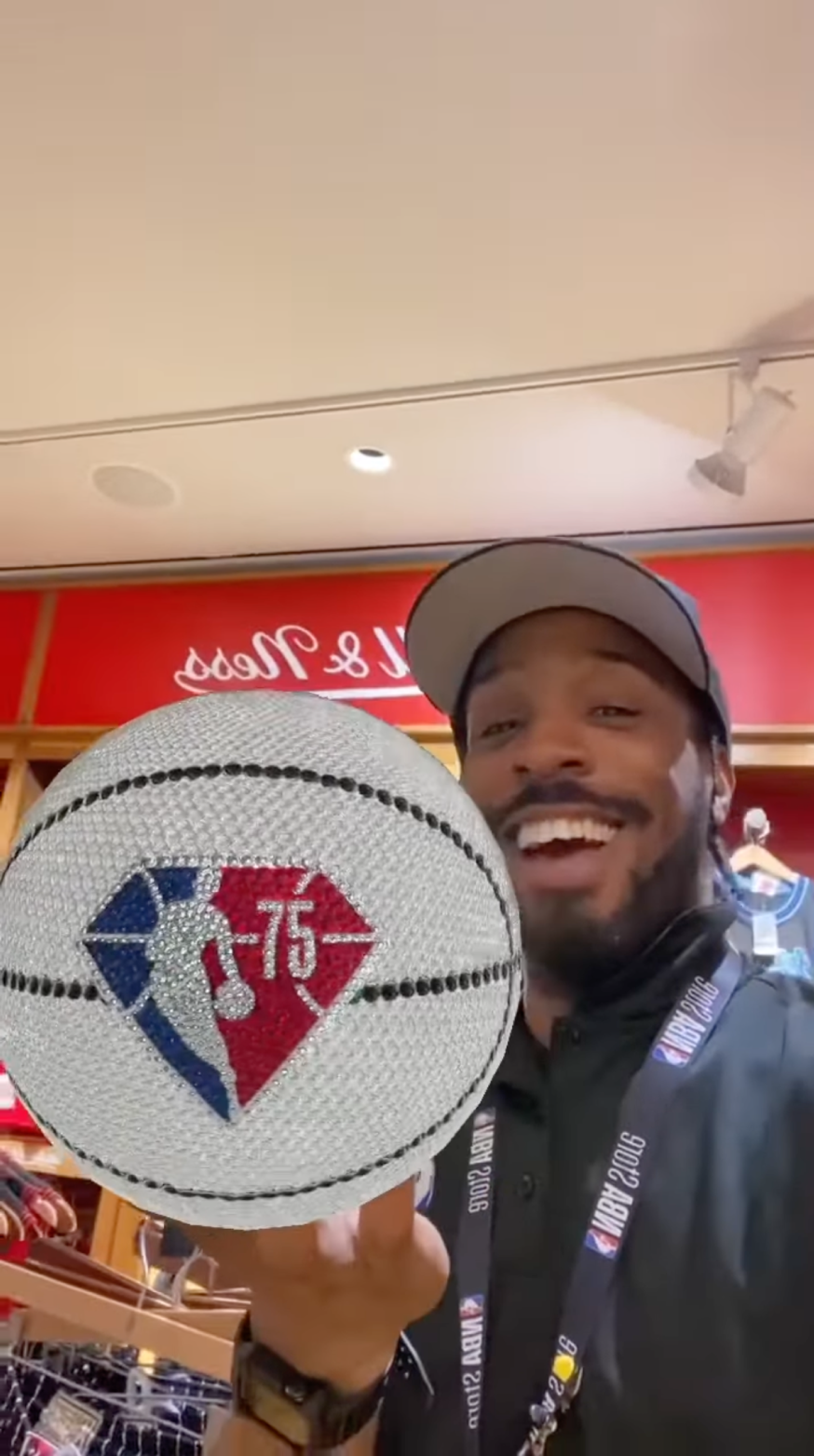How to Make Your AR Filter Go Viral
Augmented reality (AR) filters have become a powerful tool for brands and individuals looking to impact social media platforms. With millions of users engaging with AR effects daily on Instagram, TikTok, and Snapchat, creating a viral AR filter can significantly boost your online presence and engagement. Here’s a comprehensive guide on how to make your AR filter go viral.
Understanding AR Filters and Their Impact
Augmented reality filters are digital overlays that add interactive elements to real-world images viewed through a smartphone camera. They can transform faces, alter backgrounds, or add dynamic animations, providing users with fun and engaging experiences. As these filters become increasingly popular, their potential to go viral makes them a valuable asset for brands aiming to increase impressions and engagement.
Step-by-Step Guide to Creating a Viral AR Filter
1. Start with a Creative Concept
The foundation of a successful AR filter lies in its concept. To create an AR filter that stands out, consider the following:
- Relevance to Trends: Align your filter with current trends, events, or cultural moments. Filters that tap into popular culture are more likely to resonate with users.
- Unique Value Proposition: Offer something new or different that users haven’t seen before. Whether it’s a unique interaction or an innovative design, make sure your filter adds value.
- Emotional Connection: Aim to evoke emotions such as joy, surprise, or nostalgia. Filters that connect emotionally with users are more likely to be shared.
2. Design with Usability in Mind
An AR filter should be easy to use and understand. Here are some tips for designing a user-friendly filter:
- Intuitive Interaction: Ensure that the filter’s functionality is straightforward. Users should not need a tutorial to understand how it works.
- Aesthetic Appeal: Use vibrant colors, clean lines, and engaging animations to attract users’ attention and encourage them to share.
- Optimized Performance: Test your filter to ensure it runs smoothly without lag, as technical issues can deter users from engaging.

3. Optimize for Social Media Platforms
Different social media platforms offer unique opportunities for AR filters. Here’s how to tailor your filter for each platform:
- Instagram AR Filters: Use Instagram Stories and Reels to showcase your filter. Encourage users to tag your account or use a specific hashtag when sharing their content.
- TikTok Effects: Focus on creativity and interactivity. TikTok users appreciate fun and engaging filters. Consider creating a filter that complements trending challenges.
- Snapchat Lenses: Develop lenses that encourage users to explore and interact, leveraging Snapchat's playful and immersive nature.
4. Promote User Engagement
Encouraging user engagement is key to making your AR filter go viral. Consider the following strategies:
- Call-to-Action (CTA): Include a clear CTA within your filter to prompt users to share. Phrases like “Try it with a friend” or “Share your look” can motivate users to spread the word.
- Incentives and Contests: Host contests or giveaways that require users to share their experiences with your filter. This can increase the filter’s reach and attract more users.
- User-Generated Content (UGC): Encourage users to create and share their content using your filter. Highlight the best creations on your social media channels to build a community and inspire more engagement.
5. Collaborate with Influencers and Partners
Partnering with influencers can significantly boost your filter’s visibility. Here’s how to leverage influencer marketing:
- Influencer Collaborations: Work with influencers who align with your brand to use and promote your filter. Their endorsement can introduce your filter to a broader audience.
- Cross-Promotions: Collaborate with other brands or events to create themed filters, benefiting from mutual promotion and exposure.
6. Analyze and Iterate
Use data and feedback to refine your AR filter and enhance its performance:
- Analytics Tools: Track metrics such as impressions, engagement, and shares to understand user interaction with your filter.
- User Feedback: Encourage users to provide feedback and make necessary adjustments based on their experiences to improve usability and appeal.
7. Implementing Tips and Tricks for Success
Here are some additional tips and tricks to maximize your AR filter’s viral potential:
- Tell a Story: Integrate a narrative or theme within your filter to engage users and encourage them to share their stories.
- Brand Subtly: Include subtle branding elements within your filter to increase brand recognition without being intrusive.
- Experiment with Formats: Try different AR effects, such as face filters, background changes, and interactive elements, to see what resonates most with your audience.
Conclusion
Creating a viral AR filter requires creativity, strategic promotion, and continuous optimization. By understanding your audience, leveraging platform strengths, and encouraging user engagement, you can significantly increase your chances of making an AR filter that captivates users and spreads across social media platforms. As the augmented reality landscape evolves, staying updated with trends and technologies will ensure your AR filters remain relevant and exciting.
With these strategies and tips, you’re well on your way to creating an AR filter that not only captivates but also leaves a lasting impression on users, driving engagement and brand awareness across social media platforms.
TALK TO A PRO
We're here to bring your brand to life!
Stay Connected with BrandXR
Create Augmented Reality for Free!
Create, Publish, and Measure 3D Augmented Reality Experiences Without Having to Code.














